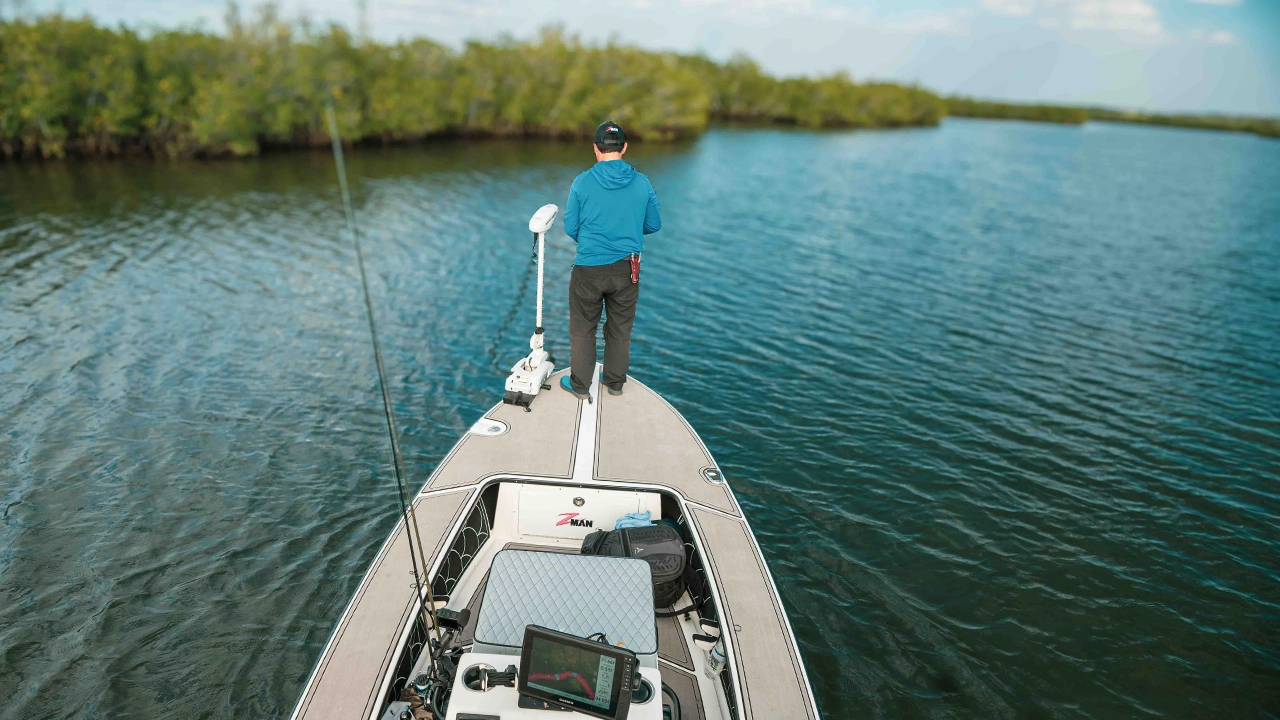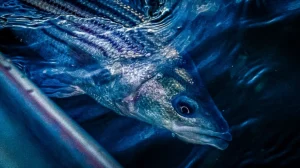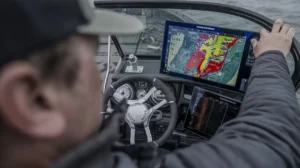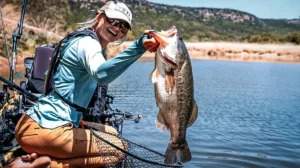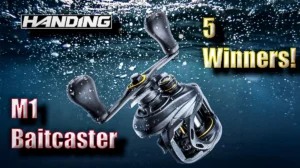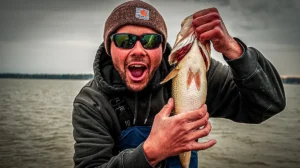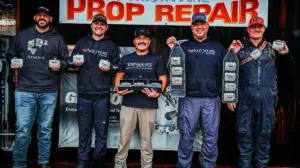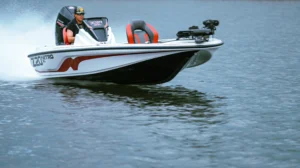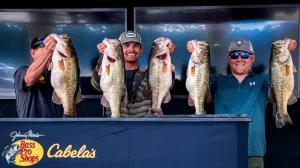Jose Chavez breaks down the basics of finding the best inshore saltwater fishing spots, offering practical advice for anglers targeting redfish, trout, and snook. From understanding tidal movements to using tools like Google Earth, this guide covers the basics to sniff out prime fishing spots in Florida and across the South. Check out his video on basic inshore saltwater fishing tackle to get started.
WHY TIDES MATTER IN SALTWATER FISHING
Tides play a pivotal role in the feeding habits of saltwater fish. Chavez explains how rising tides push forage up on flats into cover while receding tides force the food into more concentrated areas, creating prime opportunities for predators to feed. Understanding this cycle can help anglers target fish during peak activity periods.
BEST SPOTS FOR INSHORE SALTWATER FISHING
According to Chavez, finding areas where large flats funnel into deeper water is a key first step toward success. Ditches, drains, holes, whatever you call them, act as chokepoints during receding tides, concentrating forage and drawing in predators like redfish, trout, and snook. Tools like Google Earth can help identify these features, making it easier to plan your trip.
TARGETING SPECIES: REDFISH, TROUT, AND SNOOK
- Redfish: Redfish are among the first gamefish to push up on flats during rising tides and retreat to deeper water as tides fall. Look for areas with high tidal flow and nearby structure.
- Trout: Speckled trout often stay in deeper water but will move to shallow flats with good grass or oyster bar cover. Focus on holes with strong water movement.
- Snook: How to fish for snook is a lot like bass fishing. Snook relate near structure and cover like rocks or pilings and rely heavily on current to ambush prey. Focus your efforts on eddies and breaks in the current flow.
MAXIMIZE YOUR TIME ON THE WATER
Chavez emphasizes the importance of observing fish behavior. Look for ripples, nervous water, and other signs of activity. Combine this with knowledge of tide schedules to improve your chances of a successful outing.


